Connector 3
Jung Hur
- Price: USD 12,600
- Art Type: Oil Painting
- Size: 64” x 48” inch
- English Comments: 0
- International Comments: 0
- Creating Date: 2016
- Introduction and Works of E-Moderne Gallerie >>
Keywords:
Connector
Work Overview
- The scripts is written by E-Moderne Gallerie and copyright protected --
This particular painting goes a step beyond its companion piece by dividing the lowest level and moving up into space. This work feels looser and more painterly, but it also flows upward in a clear way.It is supposed to be strong and visually exciting. The idea behind Jung's ideas about culture and how things can transform into meaningful symbols.
The driving force behind the series has to do with qualitative steps that required something to move from one cultural level to another. The common phenomenon isn’t complicated, but seeing the steps inaction isn’t easy.
Jung wants the viewer to be distracted by the muscularity of the brushwork or the lusciousness of the color, prepositional rhythms all at the same time we see imagined depths. Connectors move in many directions; it’s a matter of perspective. - Exhibition HistoryThe White Box Gallery, NYCThe Owen Gallery, Bethel, MaineThe Corey Daniels Gallery, MaineThe Lunder Gallery, MaineE-moderne Gallerie, PhiladelphiaPublicationArt New EnglandJung Hur grew up in Seoul South Korea, He studied traditional Korean Brush technique and earned his MFA in painting from Hongik University. Jung in several one-person exhibitions in Seoul, South Korea, before emigrating to the United States in 1998. He created a highly acclaimed Michelin Star restaurant Kirara in the West Village, NYC. But Jung never give up his work as an artist, when time allowed, Jung made discrete experiments integrating his art within his food preparations.In 2008 he moved to Portland Maine to establish a studio and work full time to bring his art vision to reality. A vision had been fermenting for 20 years, on how to create an integrated art of food and combine into painting. The project finally made public for the first time in Portland in December of 2013. Since then Jung had been exhibited at the White Box Gallery in NYC, the Art Gallery at the University of Maine at Farmington, the Owen Gallery at Gould Academy in Bethel, and the Corey Daniels Gallery in Wells, Maine. Hur’s paintings were featured in the Lunder Gallery at the Maine College of Art’s Institute of Contemporary Arts.For the first time in 2017, Jung exhibiting his work in Philadelphia at The E-Moderne Gallerie. Followed by exhibitions in Boston, Seattle, and Korea all in the first six months of the year.Jung's exploration of abstract painting integrates image and ground through processes that suggest the inexorable repetition of birth and rebirth. The signs in their positive and negative aspects permeate the tissue of Hur’s art.Jung’s paintings have included his personal symbol, a stylized pair of shapes that represents a key and keyhole. He uses these symbols to activate many ideas, but one of the most obvious things is to deny the assumption of single-point perspective.A single keyhole is a model for single-point perspective. Jung rarely uses one keyhole in his paintings; he often covers his large canvases with the symbol to a great clusters or grids. He tilts them, so the shape becomes an oval — a circle seen at an angle.He often put different shadows on them; the shadows also rebel against the idea of a single light source. I also switch between the key and keyhole shapes to further vary the idea and to convey the notion of Yin-Yang which formed the basis of his philosophical understanding of the world.
- Copyright Statement:
All the reproduction of any forms about this work unauthorized by Singing Palette including images, texts and so on will be deemed to be violating the Copyright Laws.
To cite this webpage, please link back here.
- >> English Comments
- >> Chinese Comments
- >> French Comments
- >> German Comments
- >>Report
- The alienation of the Albino
- Under the Sun
- Spring Bloom
- Peacock Garden
- Floating Sky garden
- Dreamland
- Blue Spring
- Blue Ray of the Sun
- One Day in 2004
- Zen Series #8
- Collage Treasures to Share
- Calligraphy
- Prayer Flags on the Himalayas
- Green Dot Gap
- Spotted Pigs
- Gap Folio
- Gap 123
- Gap 2
- Gap 1
- Poppies
- White Constellation
- White Constellation 2
- White Key Holes
- Connector
- Connector 2
- Connector 3
- Mirror 2
- Mirror
- Egg 2
- White Egg
- Verdant Constellation
- Untitled Abstract
- Transcendent echo series: Fantasia
- Treasure Hunter
- Erotic Landscape
- Essence of Evolution
- Dissimilar Faction #12
- Zen Series #11
- Zen Series #9, Zen Blue,
- Zen Series #27
- Zen Series #17
- Zen Series #19
- Zen Series #21
- Zen Series #7
- Transcendent Echo Series
- Transcendent Echo
- Urban Nocturne
- Face Beyond
- Zenith
- Under Growth #2
- Under Growth #1
- The Jungle Temple
- The Chinese Venice - Zhujiajiao
- Shangri-La - The Lost Heaven
- Harship of life
- Floating Flags in Blue Wind
- Material Diffused
- Circle Tree
- August Petroglyphs
- Imposed Symmetry
- Come Together
- On this side and beyond
- Last Chance
- Reflecting Stockholm
- The alienation of the Albino
- Migration in Flight
- Revolution Circa
- 9 Holes
- Sense of Space- Anxiety & Prayer
- One Hundred Signs of Demolitions
- Light
- Jumper
- Kung Fu
- Under the shadow of photosynthesis
- Landscape





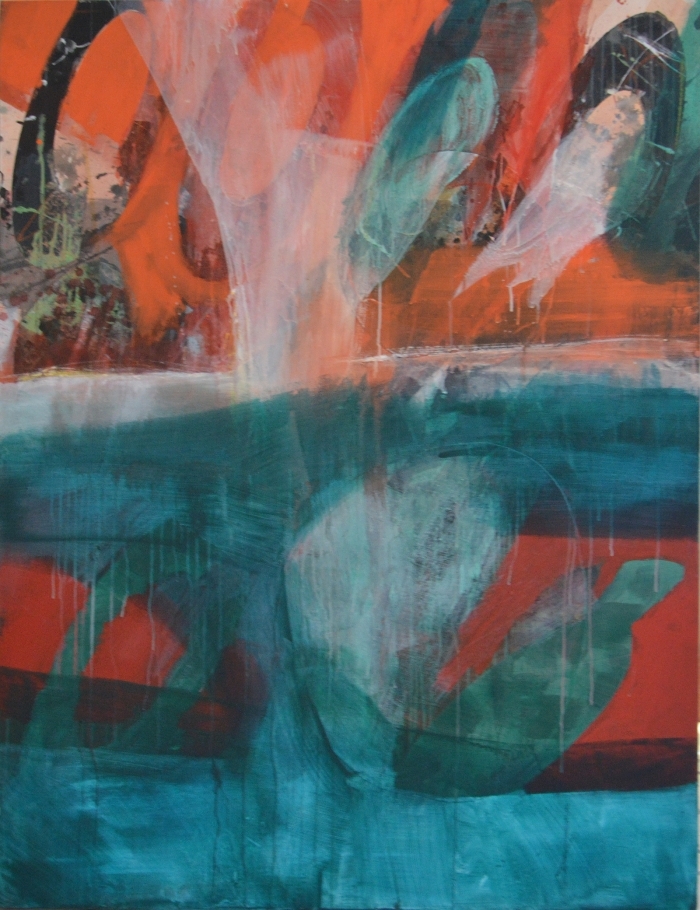
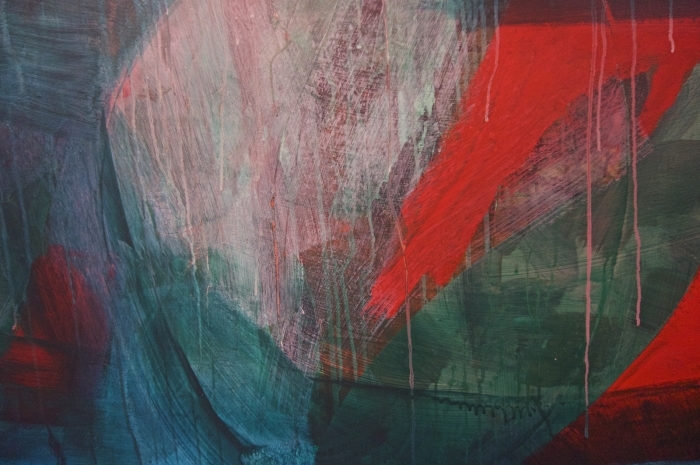
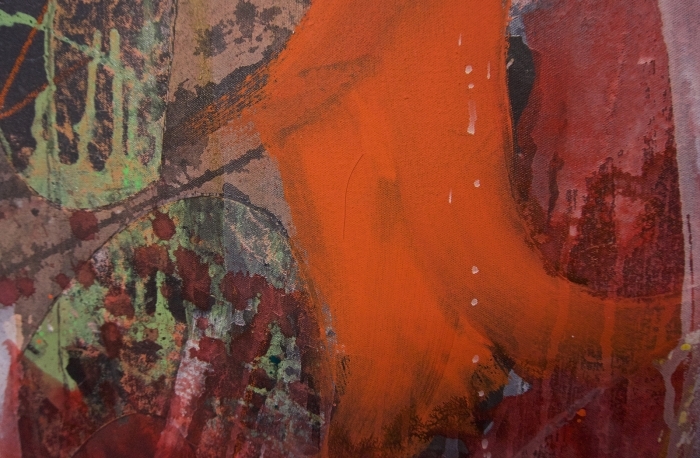
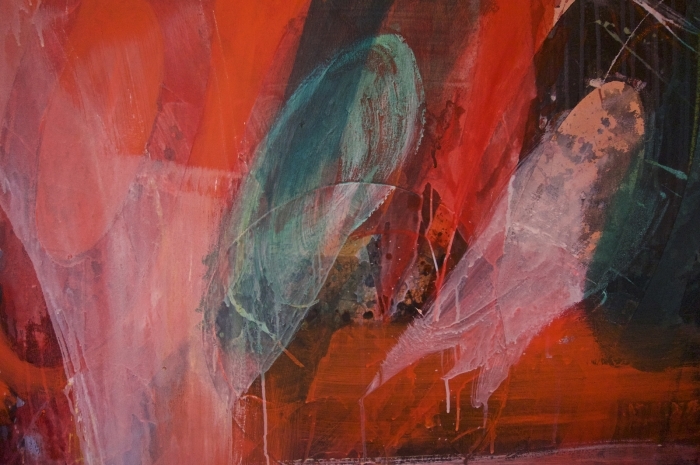
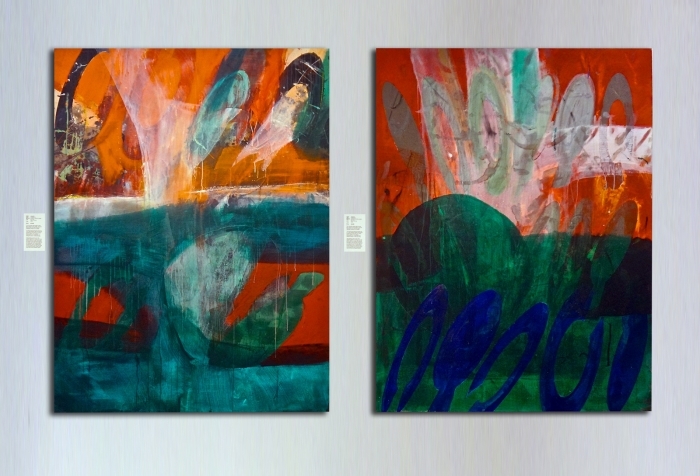
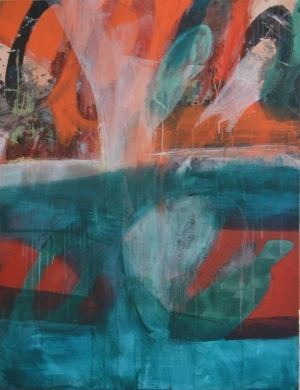
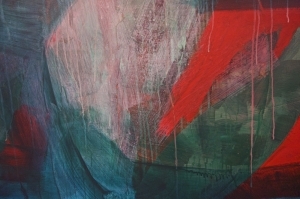

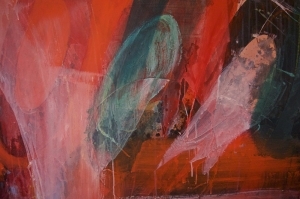
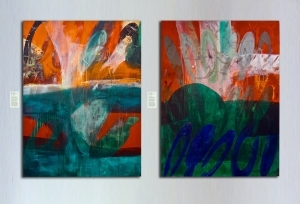


 Singing Palette
Singing Palette